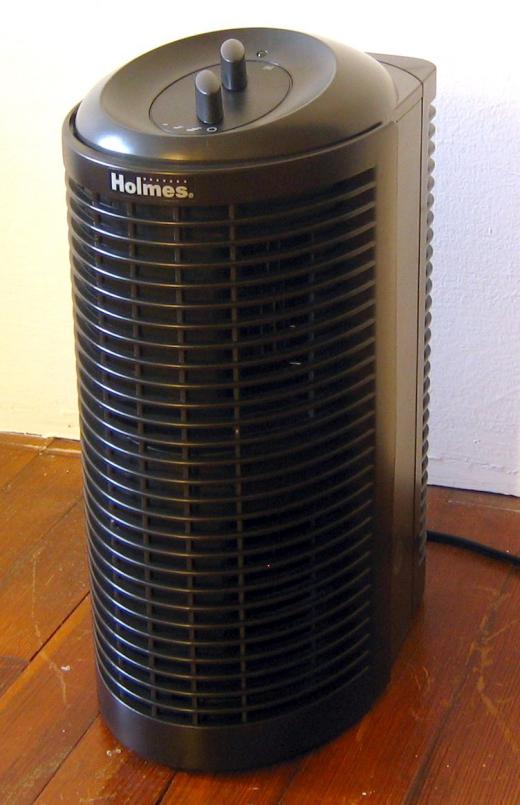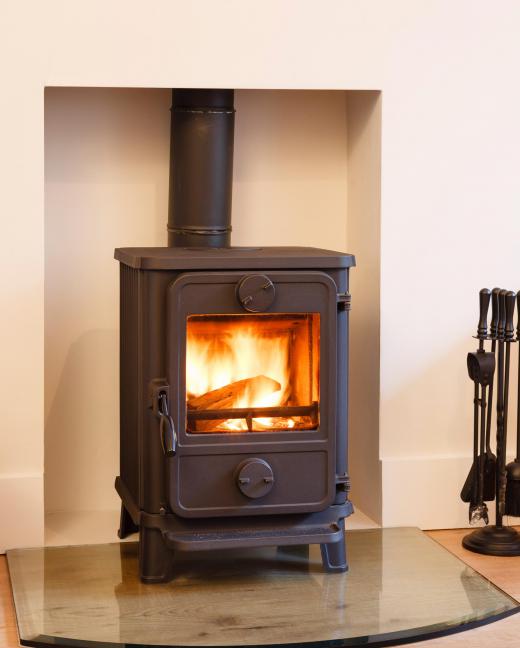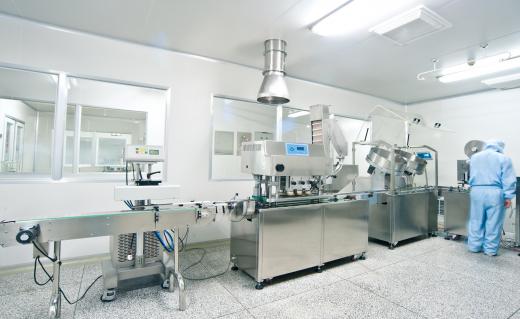An indoor air quality test is a test in which indoor air is sampled and analyzed to see what it contains. Such testing can be performed for a variety of reasons, including a desire to improve air quality, a recommended test to look for disease-causing organisms in the air, or a routine monitoring test conducted for the purpose of maintaining high air quality. The samples can be collected in a number of different ways, including with the assistance of a firm which specializes in air quality monitoring and air sampling services.
Samples for an indoor air quality test can be collected in samplers which are left in place over an extended period to collect a range of samples for the purpose of learning about air quality trends. They can also be taken with “sniffer” devices which are brought into the room and then activated to take a single point sample. Test kits are also available, with people taking samples as directed with the kit, and then sending the samples to the lab which produces the kit.

Testing can identify a range of biological and chemical traces in the air. This can include spores from molds, chemicals which may be offgassing from carpeting, furniture, or walls, and particulates from heating devices such as wood stoves. In some cases, an indoor air quality test is performed with a specific contaminant or family of contaminants in mind, as when testing is conducted for radon or formaldehyde, and in other cases, the testing may be more broad spectrum, with the lab testing for a multitude of things which may be present in the air.

People commonly request indoor air quality testing when they think that something in the indoor air in a home or business is making them sick, as when people suspect that mold is present in the home or when people in an office building are concerned about inadequate ventilation. Once the test has been conducted, recommendations about potential steps to take can be made. For example, it may be necessary to clean the filters in the climate control system, or to undertake a mold mitigation project to remove mold so that it cannot make people sick. Another indoor air quality test will be used to confirm that the problem has been addressed.

The cost of indoor air quality testing varies, depending on the size of the sample and the things which need to be tested for. People should be aware that testing is only the first step; if a problem is identified, additional steps need to be taken to address it, and these can get costly. When an indoor air quality test is used as part of an ongoing monitoring system, it may be automated, as when the air quality system in a scientific laboratory is designed to shut off rooms if dangerous chemicals are released and detected in the air.
Ever since she began contributing to the site several years ago, Mary has embraced the exciting challenge of being a About Mechanics researcher and writer. Mary has a liberal arts degree from Goddard College and spends her free time reading, cooking, and exploring the great outdoors.

